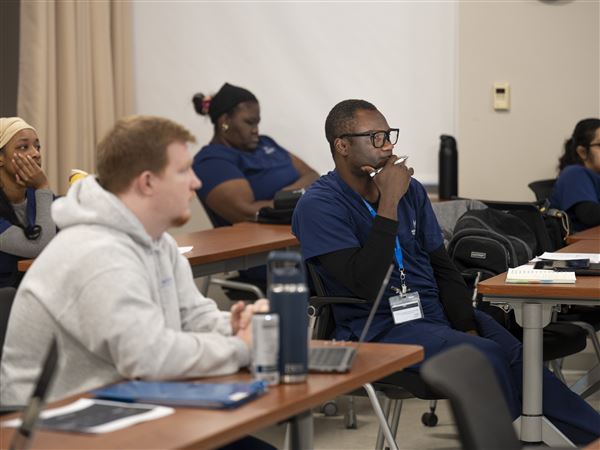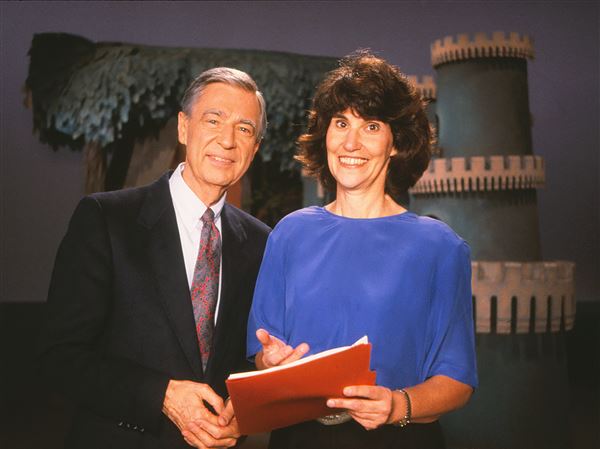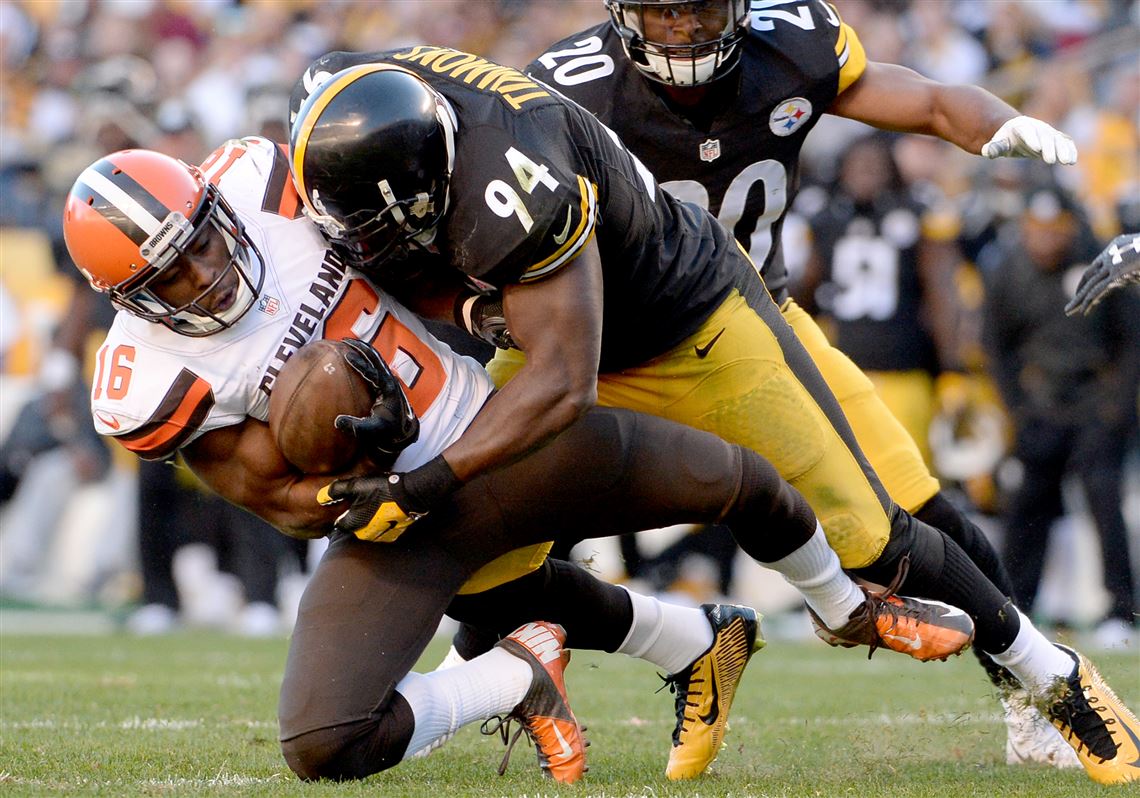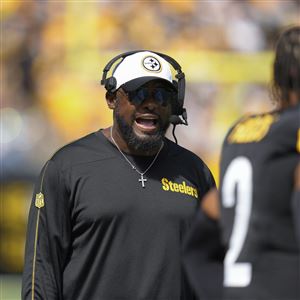The middle linebacker once was the most famous position on an NFL defense. Think of Butkus, Nitschke, Bednarik, Lambert, Buoniconti, Schmidt.
They are Hall of Famers with tough-guy names to go with their crushing style of play.
Welcome to the modern NFL, where the “Mike” linebacker has given way to the dual inside linebackers in the proliferating 4-3 defenses, where coaches prefer speed and athletic talent over the old days that required brute strength and the ability to crush runs and receivers over the middle.
The Steelers boast the perfect examples of 21st century inside linebackers. Lawrence Timmons became their first draft choice after Mike Tomlin became their coach in 2007, the first inside linebacker taken by them in the first round in the modern era (Robin Cole, first in 1977, was an outside linebacker who eventually moved inside with the Steelers). They waited only seven more years to draft another in the first round, Ryan Shazier.
Timmons was talented and versatile enough that he could play outside as well and did play there on occasion when the Steelers had no one else because of injuries. Shazier was the fastest linebacker in the draft, a sub 4.4 in the 40, the kind of speed normally displayed only by wide receivers and defensive backs.
Before those two, they had more traditional inside linebackers such as Larry Foote, Levon Kirkland and Earl Holmes, although James Farrior was a former Jets first-round draft pick at outside linebacker converted to a Pro Bowl inside linebacker by the Steelers.
Tomlin’s arrival really influenced the acquisition of the more fluid, fast linebackers on the inside with the Steelers, especially as high draft picks and as the game evolved more into a passing contest.
He saw that type of player early in his NFL career as secondary coach in Tampa Bay, where they had a future Hall of Fame middle linebacker.
“I think that guy has been around now for a number of years,” Tomlin said. “I think maybe Derrick Brooks is the quintessential modern-day version of that guy.
“I think the game has produced those types of guys, the guys that look like the animal that they hunt, if you will. They run like running backs. They are built like running backs.
“It’s an exciting part of the game, to see the evolution of the positions, meeting the requirements of the game — that linebacker that’s capable of being a dominant player in sub-situations or on possession downs that can play in space that can cover people, be it in man or zone.
“I think you are going to see more of that as we continue on. I have witnessed it in the last 15, 16, 17 years.”
Timmons did not become a regular starter until his third season but has been an iron man — and a versatile one — at the position. He has missed only two games his entire career and made 85 consecutive regular-season starts. He subbed at right outside linebacker on occasion, and over the past two seasons, since Shazier came along, has bounced between the mack and buck inside linebacker spots.
At first a perfectly built mack linebacker — someone with more responsibility in the coverage game downfield — Timmons now is the buck as Shazier fills the mack position with his youth and speed. Timmons turns 30 in May and enters the final season of his contract, although he made his first Pro Bowl just two years ago and remains a vital defensive player.
Shazier has the looks of a future star with his speed and quickness and playmaking ability. Most of his rookie season was lost to injuries, so last year was virtually his first.
The Steelers have no heir apparent to Timmons at inside linebacker. In fact, the only player returning with experience there is Vince Williams, who also enters his final season. Williams is built more along the lines of the traditional middle linebacker, a run-stopper along the lines of Foote. He plays the buck, so when he entered the game for an injured Shazier, Timmons moved back to his old spot at mack.
Two experienced backups at inside linebacker left via free agency — Sean Spence signed with Tennessee and Terence Garvin joined Washington.
The Steelers moved to bolster their backups and add special teams help when they signed Steven Johnson, an unrestricted free agent with four years experience playing for Denver and Tennessee, mostly as a backup.
L.J. Fort spent all season on their practice squad until he was signed for the season finale against Cleveland but did not suit up for the game. Jordan Zumwalt spent both seasons on injured reserve after the Steelers drafted him in 2014.
How they were built: inside linebackers
Lawrence Timmons
Year acquired: 2007, First Round Draft Pick
School: Florida State
Signed: Through 2016
Ryan Shazier
Year acquired: 2014, First Round Draft Pick
School: Ohio State
Signed: Through 2017 (2018 Option Year Available)
Vince Williams
Year acquired: 2013, Sixth Round Draft Pick
School: Florida State
Signed: Through 2016
Steve Johnson
Year acquired: 2016 Unrestricted free agent
School: Kansas
Signed: Through 2016
L.J. Fort
Year acquired: 2015, Free Agent
School: Northern Iowa
Signed: Through 2016
Jordan Zumwalt
Year acquired: 2014, Sixth Round Draft Pick
School: UCLA
Signed: Through 2017
Top five inside linebacker prospects as rated by nfldraftscout.com
1. Reggie Ragland, Alabama, Sr.
2. Kentrell Brothers, Missouri, Sr.
3. Dominique Alexander, Oklahoma, Jr.
4. Tyler Matakevich, Temple, Sr.
5. Nick Vigil, Utah State, Jr.
Clarification, posted April 17, 2016: Lawrence Timmons became the Steelers’ first draft choice after Mike Tomlin became their coach in 2007, the first inside linebacker taken by them in the first round in the modern era.
First Published: April 17, 2016, 4:00 a.m.


















